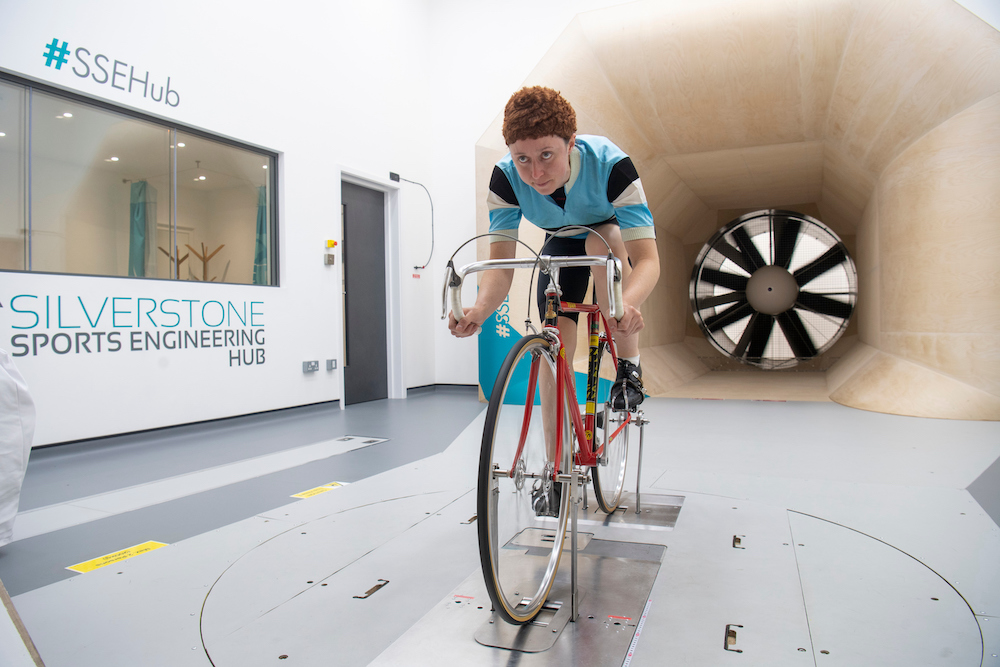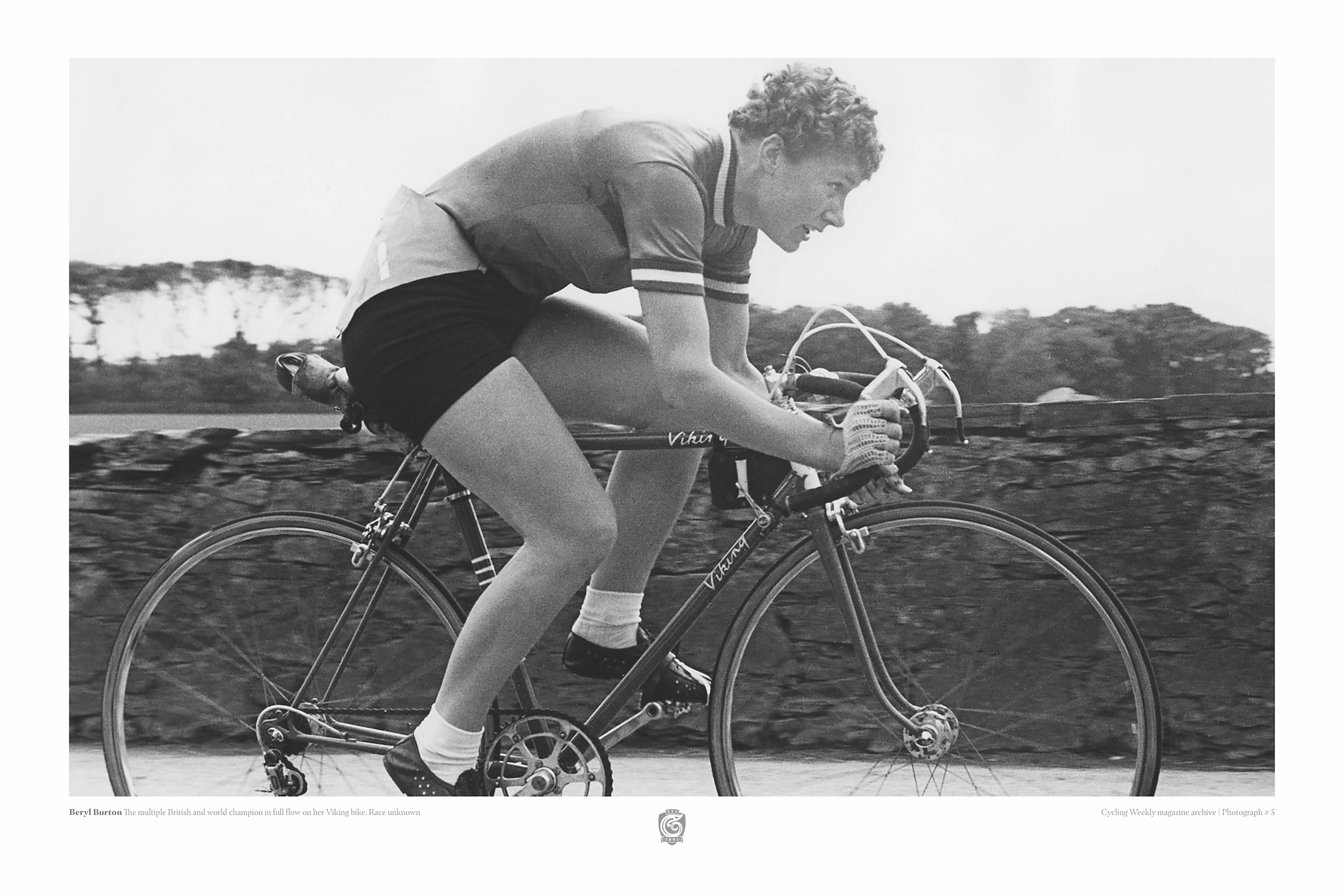Beryl Burton in the wind tunnel: What times would she be posting with today's equipment
CW Exclusive: New book recreates the position of the legendary time trialler to see whether or not she would still be the greatest

As Beryl Burton’s sparkling old handmade steel TI-Raleigh bike was released and then carefully lifted from a mount, a series of engraved letters and numbers – ‘BB.1.81’ – briefly became visible on the bottom bracket. The exact machine on which Beryl raced during much of the 1980s, and which is photographed on the front cover of her autobiography, had just completed its most vigorous workout for more than thirty years. ‘People will struggle to believe this,’ muttered Dr Xavier Disley, one of the world’s leading experts on aerodynamics, as he clicked through various tables, graphs and spreadsheets and began to mentally compute the information in front of him.
We were inside a wind tunnel at the Silverstone motor-racing circuit, and the objective for the day had been to finally resolve one of British cycling’s classic café stop debates.

Just how fast would Beryl Burton be today? Her record times might have been finally broken, but would modern aerodynamic kit put her straight back on top of the pile? Or would improvements in training and sports science inevitably still leave her behind? When you really stop to think about it, the idea that any athlete could overcome a handicap of more than 50 years is outlandish.
Imagine plonking Sir Gareth Edwards, all 5ft 8in. and 13 stone of him, from the 1970s into an international rugby union match today. Or placing Billie Jean King in a time machine, letting her adjust to a modern tennis racket for a few weeks and then expecting her to hold her own on Centre Court at Wimbledon against Serena Williams. And just consider other endurance sports like athletics and swimming.
Technological advancements are minimal compared with cycling, and yet the purely human improvement through the decades is vast. But was any athlete ever further ahead of their time than Beryl Burton?

She was the holder of the national 12-hour record for half a century, setting a distance which originally bettered the men. She was a national champion more than 100 times in disciplines ranging from the 3,000m pursuit to the 100-mile time trial. And she was, arguably, the greatest female cyclist in history.
The sense that aerodynamics have been a complete game-changer in modern time trialling is repeatedly confirmed by anyone with experience across the eras. ‘It’s another leg,’ said Dr Jamie Pringle, who worked as the head of science and technical development at the Boardman Performance Centre.
The latest race content, interviews, features, reviews and expert buying guides, direct to your inbox!
Chris Boardman himself agrees and, having been head ‘secret squirrel’ for British Cycling between 2004 and 2012, became an authority on aerodynamics. ‘We found that expenditure to go the same speed can differ enormously,’ he said. ‘It’s mostly about body position. Efficiency has changed because of knowledge and technology.’
Jeremy Wilson is the chief sports reporter of the Daily Telegraph. His new book, Beryl: In Search of Britain’s Greatest Athlete, is available on pre-order and will be published on July 7 by Pursuit Books.
You can read the full article, and find out what times Beryl Burton would post if she was riding today, in the June 16 issue of Cycling Weekly magazine, available online and in store. You can also subscribe to the magazine and get it delivered each week.